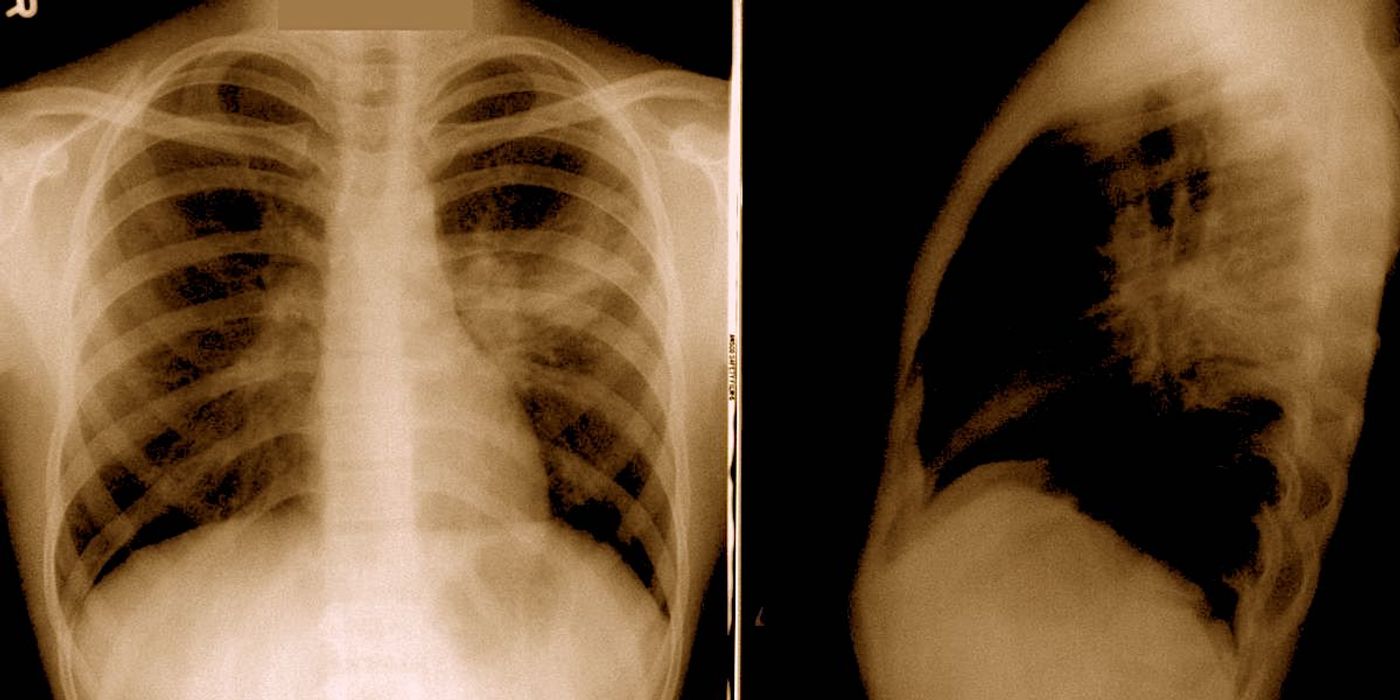Over 200 Volunteers Design $216 Ventilator for COVID-19
Over 200 volunteers from France have designed a ventilator suitable to treat COVID-19 patients that costs less than $500 to make. A collaboration of university teachers, researchers, medical teams, developers and makers, the design is available on open source platform, Github.
Known as MakAir, the large team of volunteers came together to design the machine given that many hospitals may soon start to run out of ventilators, if they haven’t already. With proper economies of scale, they estimate that their cost-per-unit may be as little as $108- $216. Meanwhile, a typical hospital ventilator costs around $40,000.
The researchers have made the ventalator’s different components available via 3D printing. On Github, they say, “This project provides all the parts required to build a good-enough ARDS (Acute respiratory distress syndrome) ventilator from mass-produced components. We provide all the required mechanical parts, electronics designs & boards, and firmwares.”
This ventilator can be 3D-printed and ran on an Arduino board (the maker way), though we highly advise that you work with industrial processes as to mold medical-grade plastic parts and assemble the whole ventilator (this would be required for the built ventilator to pass all medical certifications).”
The volunteer team left a series of warnings alongside their open source instructions. Although they mention the ability to build the ventilator’s components using 3D printing, they recommend more industrial methods to better scale into mass production, and to ensure that parts are not brittle and do not leak air.
They also warn that any self-built ventilators must be thoroughly tested against lung simulators, such as the ASL 5000, to ensure their safety when used in patients. Failure to do so could mean that the machine’s mechanics, pneumatics or software could put the patients at risk of both death and permanent lung damage.
Lastly, they said that although MakAir ventilators produced on site in France received validation from medical and engineering boards, any people making them independently should seek separate validation. This comes as their assembly methods and parts may differ from those specified in the instructions.









